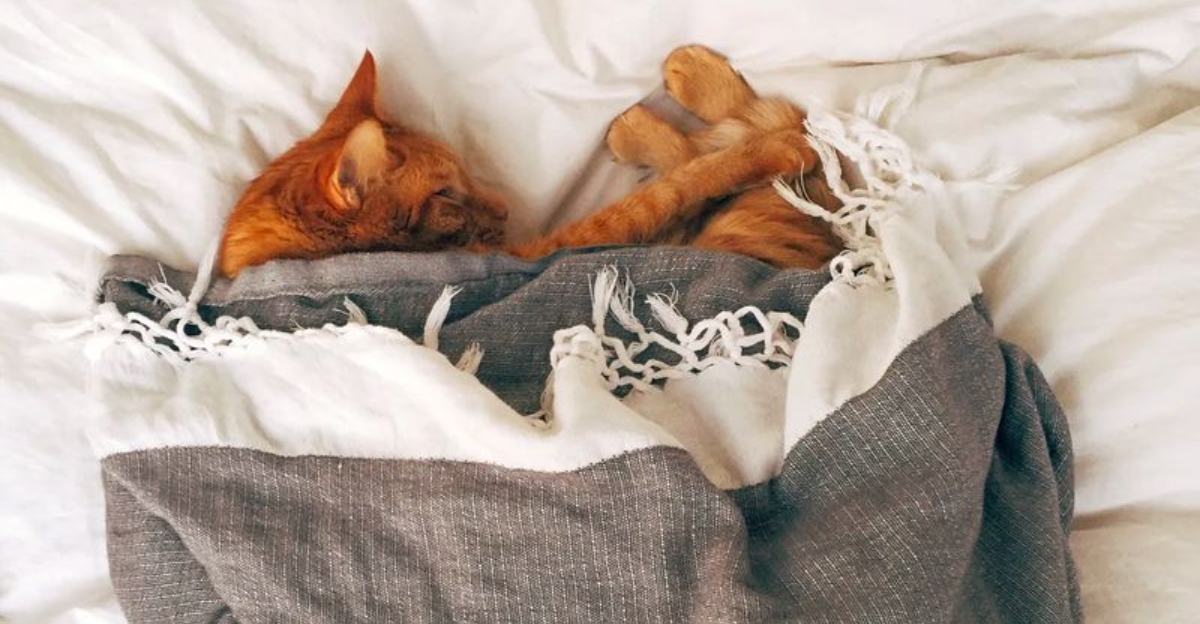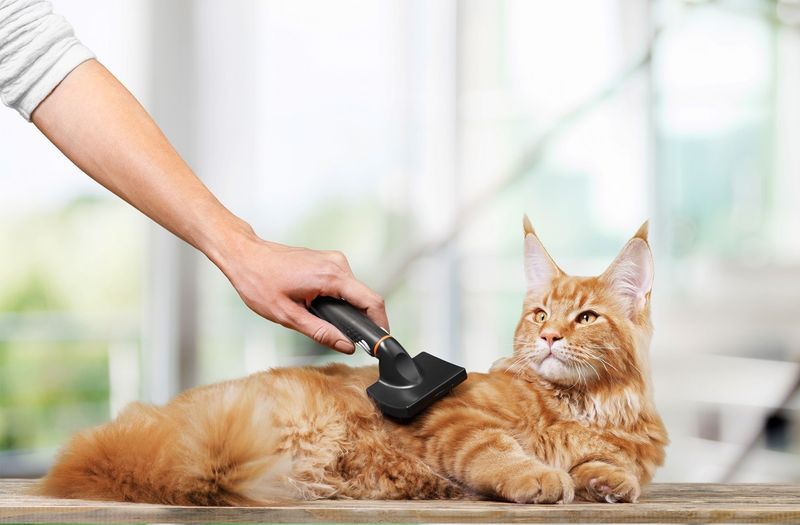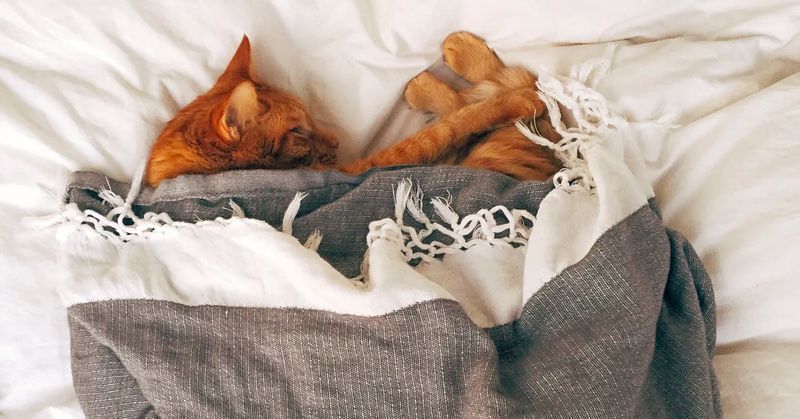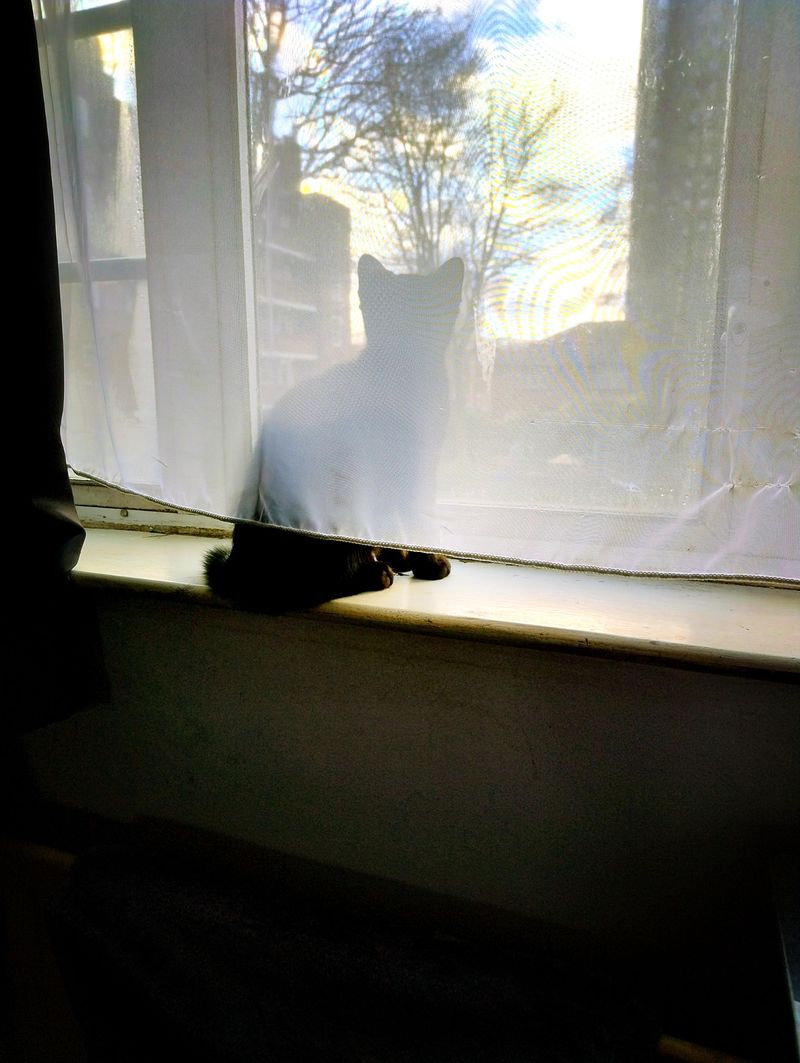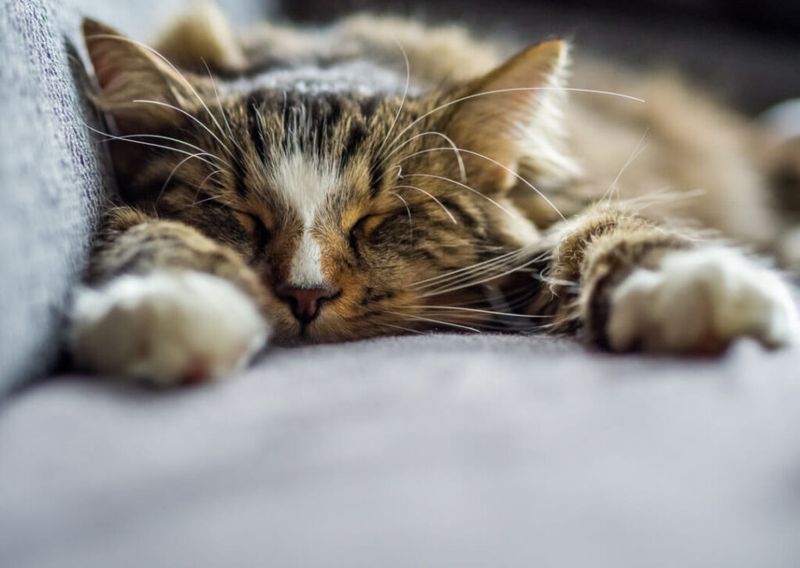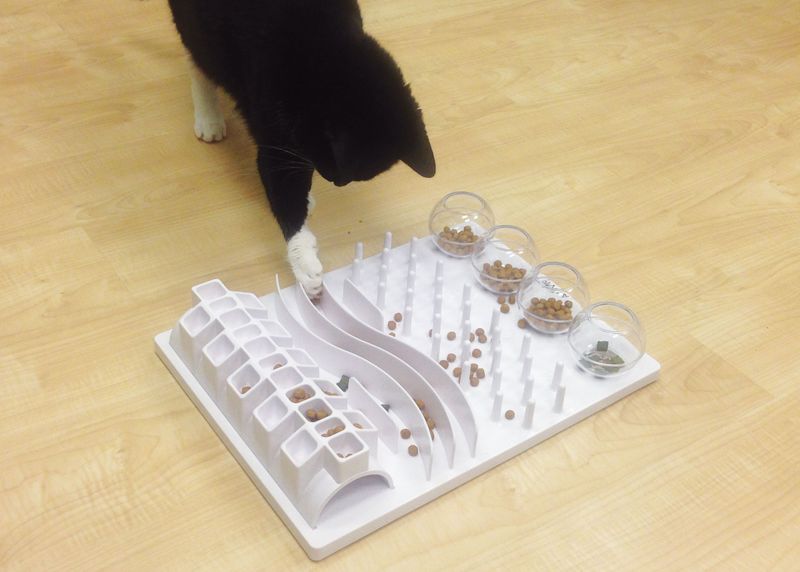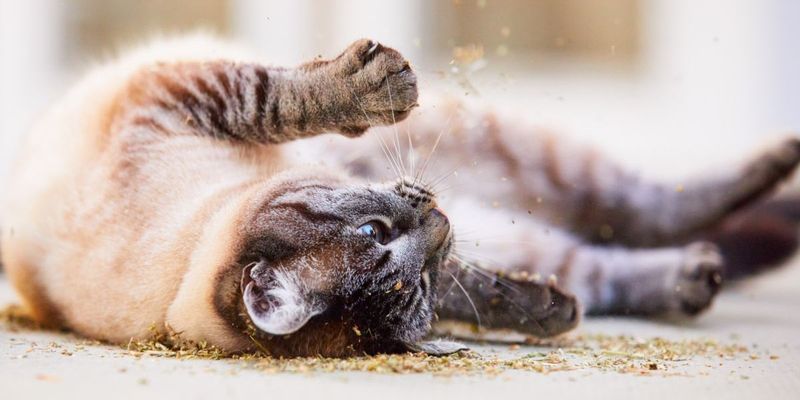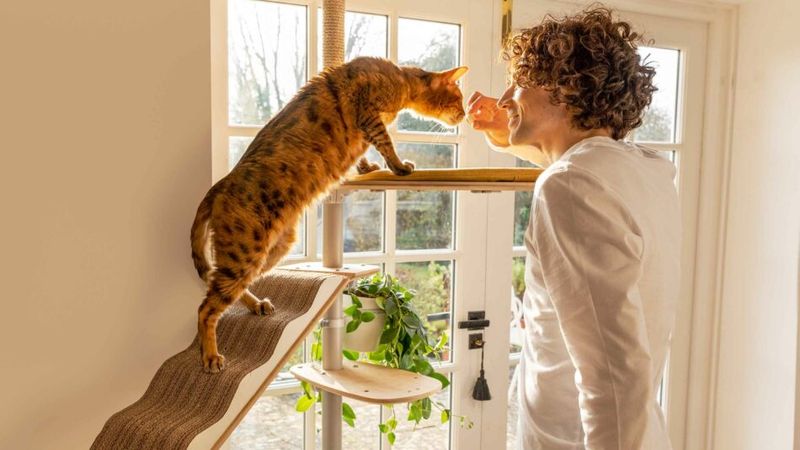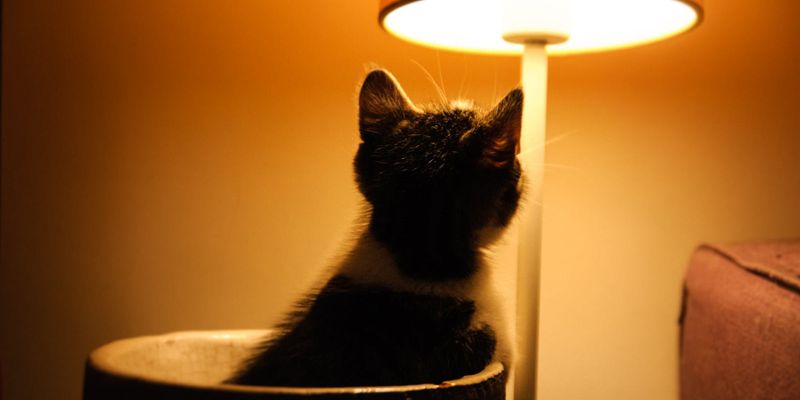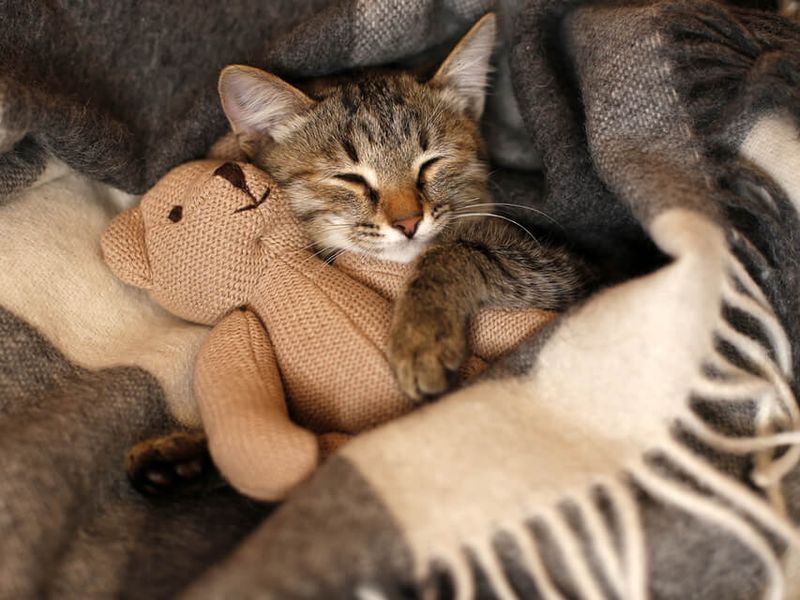📖 Table of Content:
- 1. Scheduled Feeding Time
- 2. Interactive Play Session
- 3. Gentle Brushing Ritual
- 4. Cozy Bed Preparation
- 5. Window-Watching Time
- 6. Calming Music or White Noise
- 7. Treat-Dispensing Puzzle Toys
- 8. Cuddle and Petting Session
- 9. Catnip or Silver Vine Time
- 10. Vertical Territory Check
- 11. Nightlight Placement
- 12. Bedtime Story or Quiet Talk
Cats find comfort in routine, particularly during the quiet hours of the evening. Predictable rituals provide a sense of security, helping them feel safe and relaxed. This stability is essential for their emotional well-being.
Establishing consistent nighttime habits creates a calming environment that benefits both cat and owner. These rituals foster trust and deepen the connection between humans and felines. Over time, they become cherished moments that both look forward to.
Evening routines serve as important signals to cats that the day is ending peacefully. Such practices help reduce anxiety and promote a feeling of safety. A strong bond is built through these shared moments, lasting long after the lights go out.
1. Scheduled Feeding Time
Cats have internal clocks that rival the finest Swiss timepieces. Serving dinner at the same time each evening creates a dependable anchor in your cat’s day. This reliability builds trust and reduces food anxiety. Many cats begin to remind their humans of mealtime with increasing intensity as the appointed hour approaches.
This anticipation is actually a form of positive stress that engages their hunting instincts. Use this opportunity to incorporate enrichment by using puzzle feeders or creating mini ‘hunting’ scenarios around the house with small portions of food.
2. Interactive Play Session
Evening play sessions tap into your cat’s natural crepuscular hunting patterns. Just 15 minutes of focused play with wand toys, laser pointers, or crinkle balls helps them burn excess energy and fulfill their predatory instincts.
Active play reduces nighttime zoomies and those 3 AM wake-up calls. Your cat’s hunting sequence should ideally end with a ‘catch’ to avoid frustration. Regular play sessions strengthen your bond while providing much-needed exercise. A tired cat is a happy cat who’s more likely to settle in for a peaceful night alongside their favorite human.
3. Gentle Brushing Ritual
Up to 50% of a cat’s waking hours are spent on self-grooming. Brushing them in the evening supports this natural habit and reduces fur ingestion. This routine often strengthens the bond between cat and owner through gentle, shared care.
Start with short sessions, paying attention to your cat’s body language. Some prefer soft brushes while others enjoy firmer grooming tools. The chin, cheeks, and base of the tail are often favorite spots. Beyond the bonding benefits, regular brushing reduces hairballs and allows you to check for skin issues or parasites before they become serious problems.
4. Cozy Bed Preparation
With an average of 15 hours of sleep daily, a cat’s choice of resting spot is essential. Providing a comfortable bed signals that it’s time to settle down for the night. Most felines prefer sleeping areas placed against walls or in corners for a sense of security.
Adding an item with your scent, like a t-shirt you’ve worn, provides comfort through familiar smells. Heated beds are especially appreciated by senior cats or those with arthritis. The warmth soothes joints and mimics the comfort they once felt snuggling with littermates as kittens.
5. Window-Watching Time
Evening window sessions provide essential mental stimulation through your cat’s favorite reality show – the outside world. Birds settling for the night, neighborhood activities, and changing light patterns create a fascinating panorama for feline observers.
Create a comfortable perch with pillows or a dedicated window seat. Some cats benefit from bird feeders strategically placed within view or nature videos played on a tablet for indoor-only cats. This quiet observation time helps satisfy their curiosity without physical exertion. It’s particularly beneficial for older cats or those with limited mobility who still crave environmental enrichment and sensory experiences.
6. Calming Music or White Noise
The sensitive hearing of cats makes them prone to stress from sudden or loud noises inside and outside the home. Feline-friendly music and white noise machines help maintain a soothing sound environment that masks these disturbances. Research finds cats respond best to sounds with frequencies like purring or bird chirping, with classical compositions by Bach or Debussy often favored.
The steady background sound helps mask startling noises like car doors or neighbor activity. Establishing this audio routine signals relaxation time while creating a protective sound bubble around your cat’s territory. Many cats quickly learn to associate these sounds with security and evening calm.
7. Treat-Dispensing Puzzle Toys
Evening puzzle toys engage your cat’s problem-solving abilities while satisfying their natural hunting instincts. These mental workouts prevent boredom and reduce anxiety-driven behaviors like excessive grooming or midnight vocalizing. Start with simpler puzzles and gradually increase difficulty as your cat masters each challenge.
The combination of mental stimulation and food rewards creates positive associations with evening routines. Rotating between different puzzle styles keeps the experience fresh and exciting. Many cats enjoy batting around treat balls, navigating maze feeders, or investigating snuffle mats that hide kibble or freeze-dried treats in fabric folds.
8. Cuddle and Petting Session
Physical contact releases oxytocin in both cats and humans, creating feelings of trust and bonding. Evening cuddle sessions establish a reliable touchpoint in your relationship while lowering stress hormones for both of you. Learn your cat’s unique preferences – some enjoy belly rubs while others prefer chin scratches or cheek massages.
Watch for subtle cues like slow blinks, relaxed whiskers, and gentle purring that indicate contentment. Keep sessions at your cat’s preferred length. Some cats enjoy extended lap time while others prefer brief, more frequent interactions. This dedicated attention reassures them of their important place in your life and home territory.
9. Catnip or Silver Vine Time
Approximately 70% of cats respond positively to catnip or its Asian cousin, silver vine. These natural herbs contain compounds that trigger temporary euphoria and playfulness when sniffed, followed by relaxation when ingested. Evening catnip sessions provide a controlled outlet for energy while creating positive associations with bedtime routines.
Fresh or dried leaves can be sprinkled on scratching posts or toys, while catnip-stuffed toys extend the experience. For cats who don’t respond to catnip, alternatives like silver vine, valerian root, or honeysuckle often produce similar effects. This botanical happy hour gives your cat a safe, natural way to unwind after a long day of important cat business.
10. Vertical Territory Check
Cats are natural climbers who feel safest when surveying their domain from above. An evening ritual of ensuring access to cat trees, shelves, or window perches maintains their sense of security and territorial control. High vantage points allow cats to monitor potential threats while staying safely out of reach. This vertical territory becomes especially important in multi-pet households where cats need escape routes and private spaces.
Rearranging toys or adding new scent enrichment to these elevated areas keeps the environment stimulating. Cats appreciate fresh catnip-rubbed surfaces, paper bags to explore, or cardboard boxes strategically placed on sturdy shelves for nighttime security.
11. Nightlight Placement
Contrary to popular belief, cats don’t see perfectly in complete darkness. Strategic nightlights help aging cats navigate and provide reassurance to cats of all ages during evening hours. Motion-activated lights are particularly helpful for senior cats with declining vision.
Gentle illumination in hallways, near litter boxes, and along common pathways prevents disorientation and accidents. Consistent light placement becomes part of your cat’s mental map of their territory. This predictability reduces stress and midnight vocalizing, as cats feel more confident moving through their environment when they can see potential obstacles or changes to their domain.
12. Bedtime Story or Quiet Talk
Recognizing familiar voices, cats take comfort in the soothing rhythms of their owner’s speech. A calm bedtime routine involving soft talking or reading aloud can create a secure and comforting environment. The voice’s cadence and warmth matter most, with gentle repetition of the cat’s name reinforcing emotional ties.
Many cats respond with slow blinks, purring, or relaxed posture during these sessions. This ritual works especially well for anxious cats or those adjusting to new environments. Your voice becomes an anchor of familiarity and security, helping them transition from active evening hours to peaceful nighttime rest alongside their trusted human companion.
